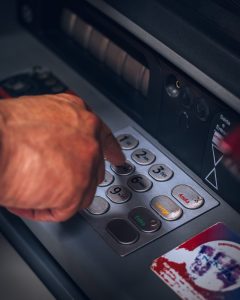Forex trading is a popular form of trading that involves buying and selling currency pairs. One of the advantages of forex trading is the ability to use leverage, which can amplify potential profits. However, leverage can also increase potential losses, making it important to understand how much leverage is necessary for day trading.
Leverage is the amount of money that a trader can borrow from a broker to trade. For example, if a trader has a leverage ratio of 50:1, they can borrow $50 for every $1 of their own money invested. This means that a trader with $1,000 in their account can control up to $50,000 in currency trades.
The amount of leverage required for day trading varies depending on the trader’s strategy and risk tolerance. In general, day traders require more leverage than long-term traders, as they aim to make quick profits from small price movements.
The maximum leverage offered by most forex brokers is 500:1, which means that a trader can control up to $500,000 with a $1,000 investment. While this may sound appealing, it is important to remember that leverage can also amplify losses.
For example, if a trader uses 500:1 leverage and loses 1% of their account, they will lose 500% of their investment. This means that a trader with a $1,000 account balance could lose $5,000 in just one trade.
To avoid such losses, it is recommended that day traders use lower leverage ratios, such as 10:1 or 20:1. This allows traders to control a reasonable amount of capital while minimizing the risk of significant losses.
Another factor to consider when determining the appropriate leverage for day trading is the volatility of the currency pair being traded. Some currency pairs are more volatile than others, which can increase the risk of significant losses.
For example, the GBP/USD currency pair is known for its high volatility, with price movements of several hundred pips in a single day not uncommon. In contrast, the EUR/USD pair is typically less volatile, with smaller price movements.
Traders who choose to trade volatile currency pairs may require higher leverage to take advantage of price movements. However, this also increases the risk of significant losses, making it important to have a solid risk management strategy in place.
In addition to leverage, day traders should also consider other factors such as trading fees, spreads, and margin requirements. These can all affect the profitability of a trade and should be taken into account when determining the appropriate leverage for day trading.
Overall, the appropriate leverage for day trading depends on the trader’s strategy, risk tolerance, and the volatility of the currency pair being traded. While high leverage ratios may offer the potential for large profits, they also increase the risk of significant losses. Traders should therefore use leverage wisely and always have a solid risk management strategy in place.






